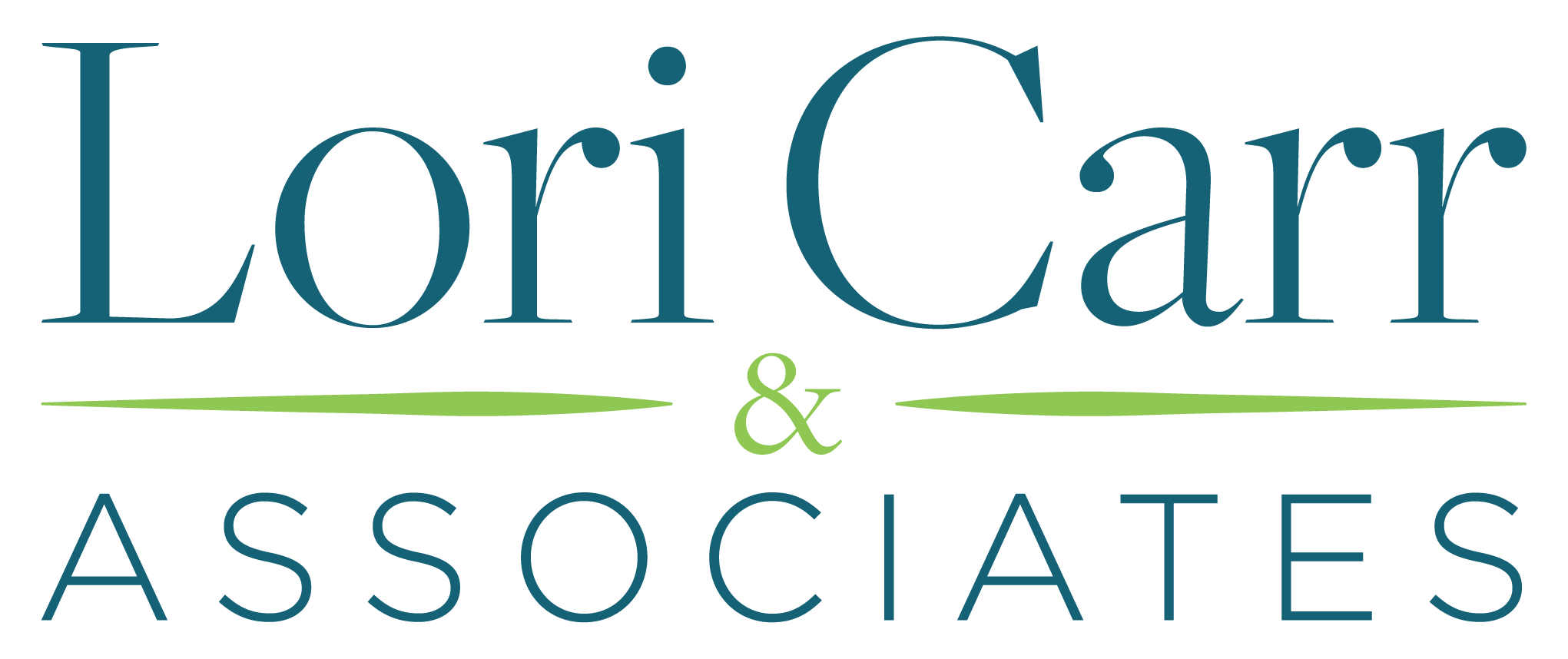- Want to learn more?
- [email protected]
The CX Rx for a Chiropractic Wellness Center
The CX Rx for a Chiropractic Wellness Center

Challenge: Patient Churn and Declining Revenue
Opportunity: Patient Loyalty and Increased Revenues
Client Challenge
After 30 years in practice and having achieved a stellar reputation for her chiropractic and holistic health approaches, the doctor at the head of a highly regarded wellness center became concerned when confronted with a sudden, inexplicable decline in revenues and a slowing patient practice. Urgent action was needed to address the situation—and a key consideration in this monumental challenge was the additional pressure to ensure streamlined patient processes and systemic operations that preserved high standard patient care while protecting existing financial margins.
The patient process in the Center had not been formally reviewed through the lens of its customers in over 5 years and the doctor wanted to gain a deeper understanding of what was causing patient churn. Additionally, she wanted to understand what else her patients needed—e.g., services or products not currently being offered. She also sensed a breakdown in operations and patient billing, which had not been reviewed since the implementation of a new electronic health records system. A patient retention assessment and an operational review were required as the first steps in a turn-around strategy for this business. The following issues were uncovered.
• Revenues had dropped suddenly, causing a cash-flow challenge.
• Billing processes were fragmented and revenue was realized too slowly or not at all.
• Operating costs were also rising without a clear understanding of the causes.
• Patient complaints were increasing.
• Deeper understanding of patients’ needs and perceived value was needed.
• Office staff were confused about their roles and responsibilities.
• Pressure to transition fully to electronic health records was paramount.
Client Solution
Through journey mapping the patient process, the Center uncovered many “moments of truth”—i.e., those instances during interactions with patients that form or change their impression of the Wellness Center—all along the patient lifecycle. This enabled a specific understanding, throughout the process, of where patients’ expectations were being met, exceeded, or dissatisfied.
The patient retention assessment and operational review produced actionable insights about specific broken processes and policies, and solutions to streamline operations and capture more revenues faster. These were opportunities to improve cash flow and reduce operational costs while increasing patient satisfaction. Additionally, identifying specific, controllable dissatisfiers enabled the team to create solutions based on facts and emotions communicated by patients when things went right or went wrong. The following actions were taken to solve these problems.
• Operations and billing process improvements were implemented.
• Moments of truth leading to great and not-so-great patient experiences were clearly understood.
• Patients were surveyed, uncovering the most important items to address.
• New billing process was implemented allowing faster payment and increased revenues.
• Product ordering and distribution were streamlined, leading to better cash flow.
• New ideas for preferred therapies, services, and nutritional products were identified and evaluated for investment.
• Staff job roles and responsibilities were clarified.
• More revenue streams were created, leading to additional growth for the company.
Business Impact
 Now armed with customer-centric, data-driven information, the Center’s leaders achieved higher-standard patient care and increased patient loyalty, which are two key performance metrics for this Wellness Center. Using data from patient surveys and the customer retention assessment, dissatisfiers were eliminated. They also leveraged insight to expand services and new therapy and product offerings. Along with adding several new products to the line of supplements and nutritional foods, the doctor adopted a completely new inventory system to manage product distribution, saving thousands of dollars annually.
Now armed with customer-centric, data-driven information, the Center’s leaders achieved higher-standard patient care and increased patient loyalty, which are two key performance metrics for this Wellness Center. Using data from patient surveys and the customer retention assessment, dissatisfiers were eliminated. They also leveraged insight to expand services and new therapy and product offerings. Along with adding several new products to the line of supplements and nutritional foods, the doctor adopted a completely new inventory system to manage product distribution, saving thousands of dollars annually.
Billing changes facilitated coordination between insurance providers and the doctor’s office resulting in drastically faster revenue collection. Roles and responsibilities were defined for all office staff, and best practices are in place to ensure streamlined, high-quality, efficient work. Product offerings and revenues increased. Over a six-month period, the Center achieved the results below.
• Revenue collection returned to normal in 60 days.
• New billing and payment process resulted in 50% faster receipt of payment immediately — within 30 days.
• Customer retention increased by 15%.
• Overall revenues increased by 20% in 6 months.
• Higher-quality patient experiences increased Net Promoter Score by 15%.
• Overall customer satisfaction increased significantly.
• Patient referrals increase by 10%.
• Just-in-time product inventory approach resulted in overall 3% higher cash flow.
• Employee engagement increased throughout the center.
Details: Patient Retention and Growth
 Medical practitioners are overwhelmed with an inordinate amount of compliance regulations, privacy obligations, and mountains of paperwork required by insurance providers and federal programs. Additionally, more medical practices are being incentivized to transition to electronic health records systems and are being penalized if they don’t make the change.
Medical practitioners are overwhelmed with an inordinate amount of compliance regulations, privacy obligations, and mountains of paperwork required by insurance providers and federal programs. Additionally, more medical practices are being incentivized to transition to electronic health records systems and are being penalized if they don’t make the change.
In addition to these pressures, patient expectations were raising ever higher over time, especially with patients who have been coming to the Center for years—many with loyalty spanning over two decades. This constant pressure to improve patients’ wellness, and to provide an overall exemplary patient experience was the catalyst for the doctors seeking to make improvements.
The doctors wanted to become more relationship-oriented, highly engaged with patients, ensure their satisfaction and to present new products and services that continually improve patients’ health. They also wanted to deliver more value than their competitors and increase their Center’s revenue.
Unwell patients have particularly exacting demands and standards when it comes to their health concerns and the treatment of their ailments and conditions, and several new ideas were discovered during the assessment. It became evident that inconsistent patient handling during health visits, plus high staff turnover, led to lost trust and credibility at this Center, even though patients loved the care they received and the doctors who cared for them. Patient-practice relationships with nonmedical staff during office visits emerged as a key issue to patients’ level of satisfaction; knowing this, the Center’s leaders sought feedback by launching a patient survey, which resulted in changes based on those findings. They also scrutinized all patient touch points from initial new patient exam to follow-up visits, therapies, and nutritional consultations, in order to ensure a high-quality, problem-free, and easy end-to-end service experience for patients.
Improvements emerged about the staff’s role confusion, broken business processes, outdated policies, and a lack of key performance metrics. Job roles were unclear, and some tasks were either overlapping or subject to gaps, leading to inefficiencies, patient complaints, and reduced revenues. For example, insufficient staff training and ambiguous job descriptions led to misalignment between skills and job roles, high employee turnover, and poor work quality. Work gaps caused late and inaccurate billing and lost revenue. With these issues in mind, new processes were defined and some new staff were hired and trained, producing a significant overall workflow, quality, and patient interaction improvement.
Patient feedback also led to the expansion of current therapies and to new supplements and medicinal food offerings. For example, customers’ desire for more realistic weight loss products and more pain management options prompted evaluation of new products and services to improve overall patient health. Lastly, the request for doctor-sponsored educational webinars regarding specific health topics (such as managing Lyme disease pain and symptoms) opened new avenues for patient care and revenue streams.





